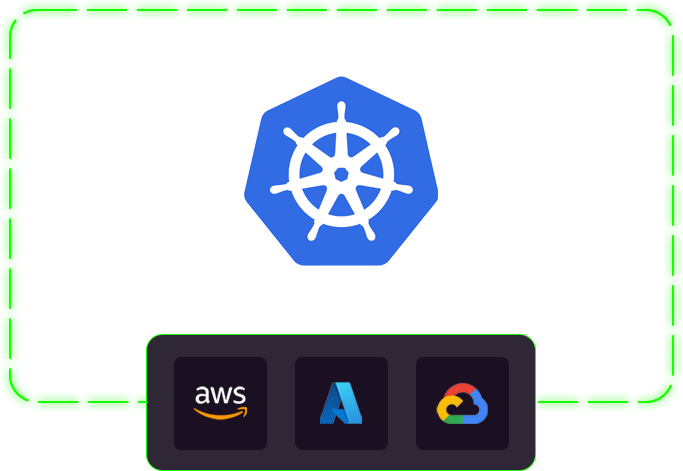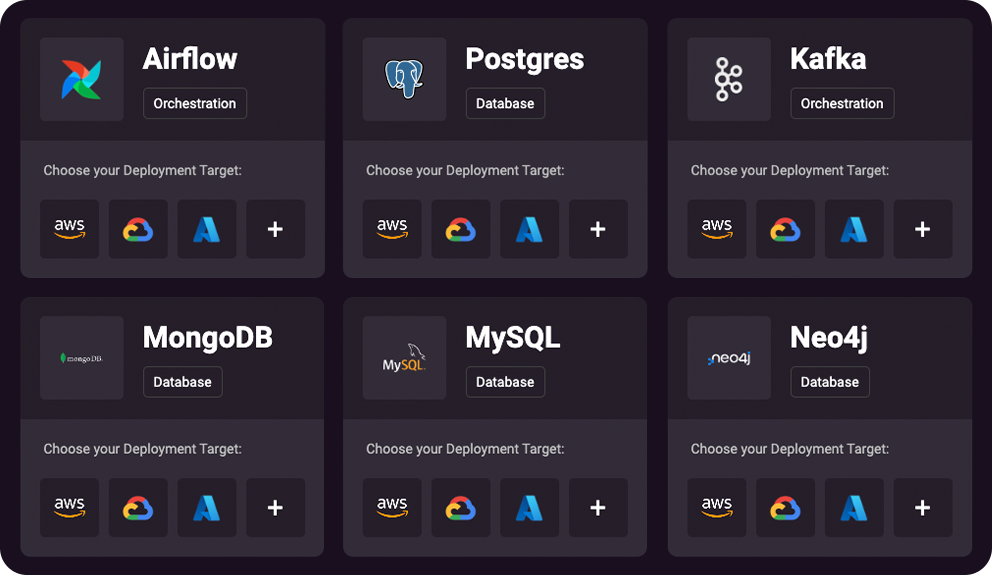Why Self-Host Infrastructure?
When it comes to deploying your applications, choosing between self-hosting and PaaS options can significantly impact your control, costs, and flexibility. Here’s why CNDI Self-Hosting might be the better option for your needs.
Managed
from Git
CNDI Apps are managed from Git. GitOps and Infrastructure-as-code go hand-in-hand as the best way to manage your apps. Get started using the Git workflow your engineering team uses already.


Cluster Customization
Self-Host your cluster using CNDI and gain full control over your application deployment. No features gated behind paywalls, and you can get the most out of your hardware to suit your unique requirements. If you don’t need anything too special, CNDI App Templates will give you great defaults out of the box.
Operational Cost
CNDI Self-Hosting is a low cost alternative to the recurring expenses and hidden fees associated with PaaS. Avoid confusing price structures, annoying vendor lock-in, and be in control of your spending.

| Criteria | Self-Hosting | PaaS |
|---|---|---|
| Quick & Easy Setup | ||
| Run Anywhere | ||
| Managed From Git | ||
| Lowest Possible Cost | ||
| Open-Source | ||
| Fully Featured | ||
| Completely Customizable |
Use CNDI Templates
for Simplified Deployments
Interactive Configuration
Easily deploy any application in our Template library to a supported cloud destination in minutes. Templates are a CNDI concept, and they can be thought of as a "blueprint" for a data stack, built on top of ArgoCD, Helm Charts, and Terraform. Check out all our supported templates below.

Infrastructure as Code and GitOps
Security and Auditability
Built-in Observability
Ejectability
Uncompromised Self-Hosting
Reduce Costs
CNDI Features




